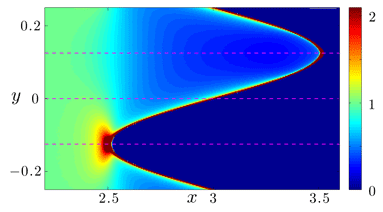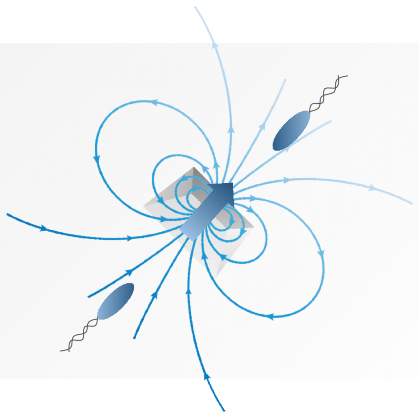


Boundaries, inclusions and disorder in active matter





Outline
I. Pressure in equilibrium and active matter: Pressure dependence on boundary properties
II. Boundary asymmetry and curvature: Ratchet forces and line tension
III. Inclusions: The long reach of inclusions in disturbing active fluids
IV. Disorder: Long-range correlations and persistent currents
V. Phase separation: Destruction of bulk phase separation by disorder
VI. Boundary disorder: Boundary disorder disrupts bulk order
VII. Summary
Active systems are driven out of equilibrium by exchanging energy and momentum with their environment. This endows them with anomalous mechanical properties which leads to rich phenomena when active fluids are in contact with boundaries, inclusions, or disordered potentials. Indeed, studies of the mechanical pressure of active fluids and of the dynamics of passive tracers have shown that active systems impact their environment in non-trivial ways, for example, by propelling and rotating anisotropic inclusions. Conversely, the long-ranged density and current modulations induced by localized obstacles show how the environment can have a far-reaching impact on active fluids. This is best exemplified by the propensity of bulk and boundary disorder to destroy bulk phase separation in active matter, showing active systems to be much more sensitive to their surroundings than passive ones.